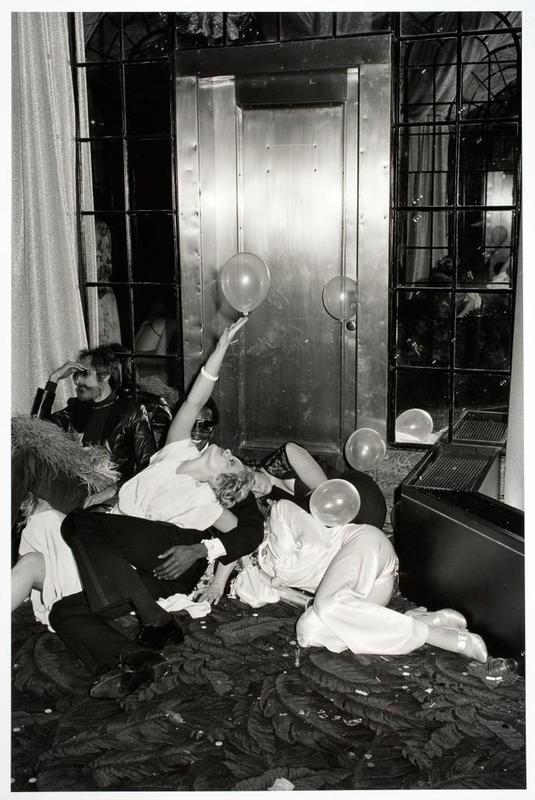“The disco may very well be "where the happy people go," as the Trammps insisted in 1976, but in reality the discotheque and discontent go together like glitterballs and rhinestones. Not just in the sense of dancing one's blues away (which, of course, is part of it), but also in the fact that disco–that music now most redolent of cheery knees-ups and good-time girls dancing around their handbags–could have emerged only from the dark underground of a society teetering on the brink of collapse.”
-Turn the beat around: the secret history of disco, Peter Shapiro (p. 13)
The History of Disco collection consists of photographs, printed matter, and audio recordings. The materials relate to notable events in 1960s and 1970s America that contextualize disco music and culture. The History of Disco collection seeks to tell the history of the genre of disco and its surrounding culture. The primary timeline follows Nixon's election through Disco Demolition Night (with some post-demolition ephemera because disco never died completely). I sought to tell the story through related materials to describe the context of 1970s America.
The birth of disco coincided with the beginnings of the Gay Liberation Movement and significant waves of the Black Power Movement. After the Stonewall Uprising in 1969, there was an urgency to create spaces where marginalized communities could socialize freely. The music was predominantly by black artists and played by queer and black DJs. Disco reached mainstream popularity in the mid-1970s. The established social order was threatened by the social empowerment of marginalized communities. In 1979, Chicago radio host Steve Dahl called on his anti-disco supporters to bring disco records to a Chicago White Sox game to be destroyed by a fireworks bomb. Members of the anti-disco movement cited hedonism, elitism, and extravagance as justification for their attacks.

